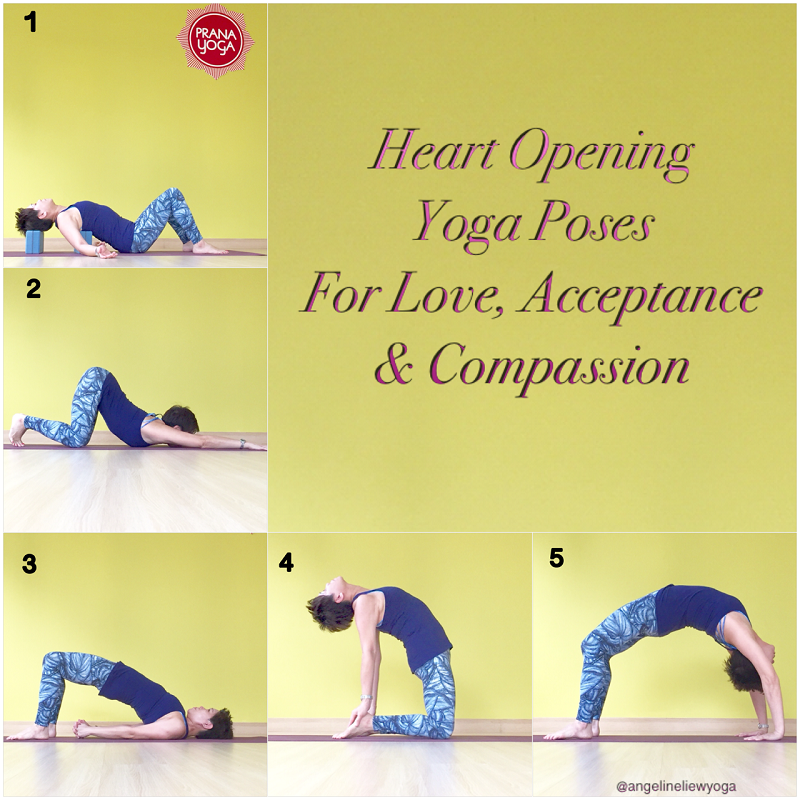This dish marries Middle Eastern and Asian flavours to create different layers that pop on the palate. It sounds unusual, but they do work together.
The kaffir lime and aubergine labneh, and longan and goji pesto are also great as condiments on their own which makes them so versatile but they really do take the lamb to another level when served together. The labneh is best made a day ahead so that there is time for the flavours to develop.
We'd love to hear from you so don't forget to tell us what you think about this recipe in the comments box below!
Serves 2
Kaffir lime and aubergine labneh
30x30cm cheese cloth (also know as muslin cloth)
150gm natural yoghurt
2 pinches of salt
1 medium aubergine
1gm kaffir lime leaf
2 tbsp tahini
1 tbsp sesame oil
1 tbsp olive oil
1/2 lime, juice
1 tsp garlic powder
1.5 tsp fish sauce
large bunch coriander
1.5 tbsp coconut sugar (or brown sugar)
pepper to taste
Spiced lamb
1tsp sumac
2 tsp cumin seeds, ground
1 tsp fennel seeds, ground
1 tsp green peppercorn, ground
1 tbsp sesame oil
1 tbsp sunflower oil
1 tsp pomegranate molasses
1 tbsp mirin
1 tsp light soy sauce
400gm lamb loin (or any kind of cut that's suitable for grilling)
Longan and goji pesto
40gm fresh mint leaves
40gm longan
small clove of garlic
15gm goji berries
400gm cashew and macadamia mix, roasted (plain cashews also works well)
3 tsp fish sauce
1/4 lime, juice
3 tbsp mild vegetable oil
pepper to taste
To plate
Dried tangerine peel powder (if available, but not mandatory)
Finger lime or lime zest
Method:
Line the middle of a bowl with the cheese cloth to make the labneh. Stir the yoghurt with two pinches of salt in a separate bowl and pour into the middle of the cheese cloth. Grab two opposing sides of the muslin cloth and tie a knot. Repeat with the remaining two sides until you get a ball of yoghurt. Hang the ball of yoghurt over a vessel in the fridge to drain for 12 - 24 hours; ensuring that the bottom of the cloth does not touch the drained liquid. You should have a thick curd at the end of this process. Keep in the curd in the fridge until required.
Pre-heat the oven to 220 degrees celcius. Pierce a few holes in the aubergine with a knife and wrap with tin foil. Place the aubergine on a baking tray and cook the aubergine for 40 - 45 minutes, or until the inside is soft (the skin will be hard, but the aubergine should compress easily when pushed). Remove from the oven and set aside to cool.
Remove the central stalk from the kaffir lime leaves with a sharp knife or scissors and place the leaves in a mortar. Crush with the pestle until you get a fine texture, almost like powder if you're using dried leaves; or a fine paste if you're using fresh leaves. You may also use a coffee or spice grinder to do this. Transfer to a food processor.
Scoop the flesh from the cooled aubergine in to the food processor and discard the skin. Add the labneh, crushed kaffir lime leaves and the rest of the ingredients to the food processor and blitz until you get a creamy consistency. Taste and adjust the seasoning if required. The labneh should be a mix of savoury, a little tangy and sweet, with the freshness of the kaffir lime leaves coming through. Store in an airtight container in the fridge until required. The labneh can be made a day ahead and should keep for 2-3 days. Remove from the fridge 30 minutes before you're ready to plate.
Next, prepare the marinade for the spiced lamb. Place all the dry spices and wet ingredients in a bowl and mix well. Place the lamb in a non-reactive vessel or plastic container and spread the marinade over the lamb. Massage the meat well and marinade in the fridge for at least an hour. Remove from the fridge an hour before you're ready to cook so that the meat has time to get down to room temperature.
While the lamb is marinating, make the pesto. Rinse the mint leaves and set aside to dry. Chop the dried longan in to small pieces and transfer in to the mortar. Skin the clove of garlic and add to the chopped longan pieces. Crush the garlic and longan well, then add the goji berries and crush well. Add the mint leaves to the rest of the ingredients in the mortar and crush until you get a well mixed paste. Add the roasted cashews and macadamias and crush until you have a mix of fine and medium textures.
Add the fish sauce, lime juice and vegetable oil, and mix well. Add a few pinches of pepper. Taste and adjust the seasoning if required. You should taste the sweetness of the longan and goji berries initially, then have the saltiness from the fish sauce and a hint of sourness from the lime hit your palate at the end. Set aside until required. This pesto can be made 1-2 days ahead.
Heat a griddle or pan well and cook the lamb on a medium - high heat for about 4 - 6 mins on one side, then flip and continue cook for another 4 minutes (the cooking time will differ, depending on the thickness of the meat. My preference is to serve the lamb medium). Transfer the cooked lamb to a plate and rest.
To plate, spoon the aubergine and kaffir lime leaf labneh onto a plate. Slice the rested lamb on a diagonal and arrange the slices on top of the labneh. Sprinkle some dried tangerine powder and lime zest (or squeeze the finger lime if using) over the lamb. Spoon some pesto to the side of the lamb and serve immediately.




